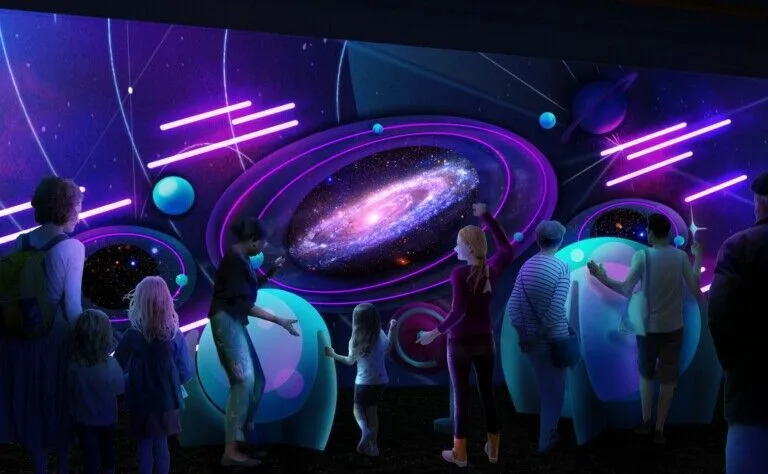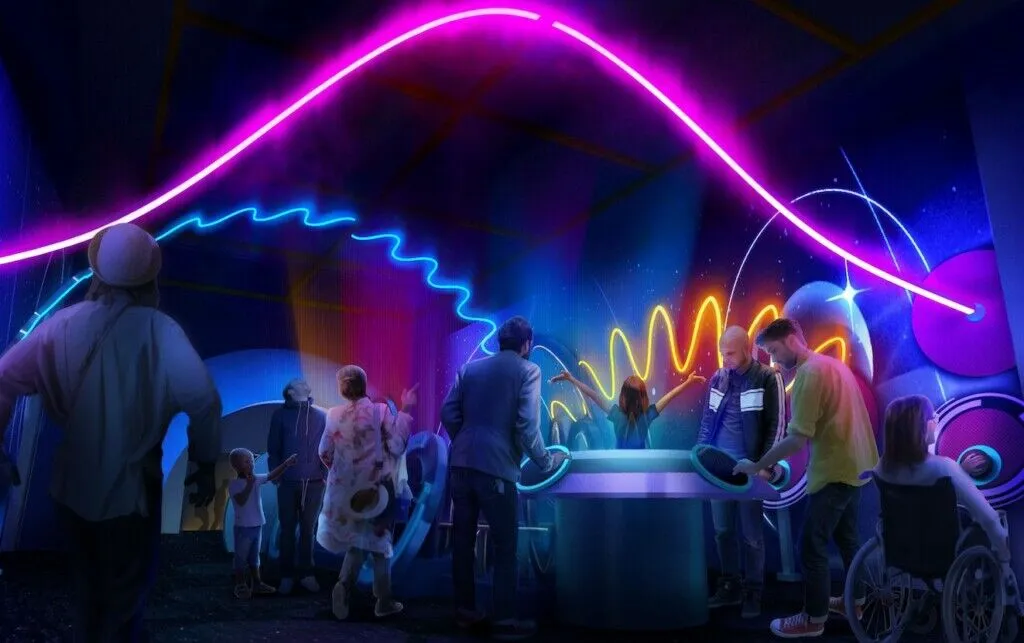New exhibit features interactive displays and immersive simulations
Philadelphia’s Franklin Institute is opening the new $8.5 million ‘Wondrous Space’ exhibit on 4 November.
The immersive two-storey exhibit on space exploration features interactive displays and immersive simulations. It is the first of six upcoming experiences to replace the science museum’s 12 existing exhibits over the next few years.
They will all be larger in scale and more future-focused, with themes including the human body, earth systems, the built environment, advanced machines and robotics, and computer science.

“With the launch of Wondrous Space and the exhibits to follow, we are poised to enter an exciting new era of innovation and discovery and continue our mission of inspiring the next generation of scientists, engineers, and explorers.”
Backed by a $3m gift from the Boeing Company, Wondrous Space is a 7,500-square-foot exhibit. The first level will immerse visitors in simulations and experiences that transport them to space, while the upper level explores space through the lens of creativity and innovation.
It will showcase new tools, technology and techniques, as well as industry leaders and the various careers related to space exploration and discovery.
New immersive exhibit on space exploration
“It was important to us to provide a glimpse into the real-world companies and people who are driving innovation in space science, and so we were intentional in choosing partners for this project,” said Abby Bysshe, chief experience and strategy officer at The Franklin Institute.
“We assembled a diverse population of dynamic, inventive minds to inform and guide Wondrous Space, and we crafted an exhibit we are all extremely proud of.”
On display in Wondrous Space will be space-related artefacts on loan such as two rovers from Carnegie Mellon University and a 10-foot-long rocket engine from Kennedy Space Center Visitor Complex.
Images courtesy of The Franklin Institute and MDSX

